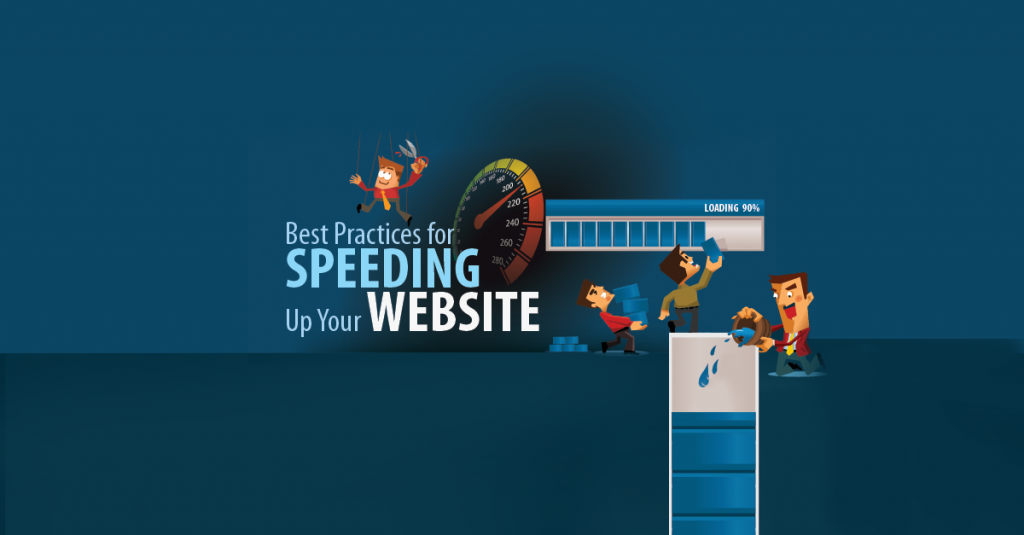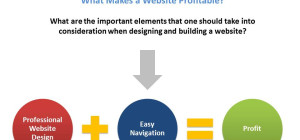 So you’ve got a WordPress site eh? Join the club. As the #1 most popular CMS, WordPress needs no introduction. Lets just dive right into what’s on your mind. How do we improve WordPress page load time?
So you’ve got a WordPress site eh? Join the club. As the #1 most popular CMS, WordPress needs no introduction. Lets just dive right into what’s on your mind. How do we improve WordPress page load time?
If you are looking for the “ultimate guide” then you’re probably reading the wrong post. But if you’re looking for literally the top 5 best ways to improve the page loading time of your WordPress site without having to hire expensive consultants, then keep reading.
The following 5 tips are actionable suggestions that you can implement today and see instant results in performance.
Migrate to a faster hosting provider
If you’re hosting provider is slow and unreliable then you need to act now. Never settle with subpar hosting. Especially on account of low price. Benjamin Franklin once said and I quote “The bitterness of low quality remains long after the sweetness of cheapness.”
Is saving a couple of dollars per month really worth it when you’re suffering through long winded tickets with an outsourced technical support department in India about why your WordPress site has been offline for the past 3 hours? It’s a complete nightmare.
Avoid the temptation of choosing a WordPress host that offers “unlimited” resources at $.99 per month. If you can afford it, invest a little bit more and purchase a wordpress hosting from a reputable provider like www.eurovps.com that specialises in WordPress hosting.
Such a host will be able to help with things like installing Gzip caching, MySQL tuning, and will also be able to consult you on upgrade paths when you WordPress site really starts kicking off!
Audit your Image Sizes across your whole site
It’s amazing how many times “newbie” WordPress webmasters upload raw .PNG images directly off of their camera without even considering the file size.
If your blog post contains 10 images each 2MB in size, then that’s a 10 x 2MB = 20MB download size just on account of the images!
Even with a 24Mbps internet connection under the best circumstances that will take you at least 10 seconds to load the page!
Use a tool like screaming frog to scan your websites images sizes and then sort by descending size. This is an easy way to find your sites largest images first. Start with the heaviest ones.
First step is to find them.
Next step is to take action to reduce their size.
You can either do it locally on your PC by compressing them on a tool like Photoshop or Sketch or if you’re less inclined (lazy) you can install a plugin like smushit which compresses your images automatically on the cloud. While everyone is raving about this I find it a bit ridiculous. Spend the effort and compress your images before hand. Come on guys, this isn’t rocket science.
Use better caching plugins
Caching is the practice of storing frequently accessed data in a faster storage medium so that next time it’s called upon it’s ready to be delivered as fast as possible.
I don’t want to get too technical here as the point of this post is to give the quick and dirty lowdown on WordPress performance optimisation, but if there’s anything you need to take away from this post it’s that caching is everything.
There are many things that you can cache. Images, Javascript, CSS, heck, you can even cache your Twitter Boostrap on a CDN, but you have to start somewhere.
And with WordPress, the adventures of caching usually begin with a Caching plugin.
Some of the most popular are:
- WProcket
- WPcache
- W3Total Cache.
All of the plugins mentioned above do a great job and can be used. Spend some time reading reviews, looking at screenshots, and checking out what extra features are included in the pro versions. WProcket is a paid caching plugin that works really well.
But if you have under 100,000 visitors per month you could totally get away with using a free wordpress caching plugin like W3Total Cache.
The point is to cache, and the simplest way to do it is with a plugin. If you’re interested in advanced caching techniques then definitely investigate Varnish caching. Caching using Varnish is external to the WordPress application itself.
An awesome benefit of this is that if there’s a problem with your site Varnish can serve stale cached content acting as a buffer between 5xx errors and your visitors.
Gzip your CSS and Javascript files
If you’re following the latest web design trends from 2017, there’s a heavy emphasis on intricate javascript and CSS. Unfortunately, too much, and your site can get slow. One way to prevent this is by Gzipping your CSS and Js files.
Gzipping your CSS and Javascript is a great way to save on bandwidth usage and also speed up your page rendering by forcing the web visitors browser to do the work of unzipping the web assets.
You browser downloads the files in a compressed format, and then unzips it at incredible speeds. You can ask your hosting provider or wordpress developers to help you set this up. Will need a bit of tweaking of your webserver’s .htaccess file.
Audit your plugins for bloat
Last tip is to keep plugins to a minimum. If you’re not using it – erase it. Plugin bloat is a common cause for WordPress site slowness and is easy to fix. It’s common to download plugins to test them.
The problem with this is that sometimes you forget to delete them. Spend 15 minutes and audit all your plugins.
Are you using them?
If not – get rid of it!
And added benefit is that it’s one less vector for attack. Plugin hacks are notorious. By minimising the number of plugins you are using, you also minimise the number of ways that you can be hacked.

What are you waiting for!
Hopefully you can take these 5 actionable tips on how to improve your page loading time into action immediately. There’s a lot more that you can do, for example installation of a CDN, front-end code audit, minification, and more. But if you’re a WordPress beginner the above tips should be more than enough to get your WordPress site loading in the top 90th percentile of sites!







